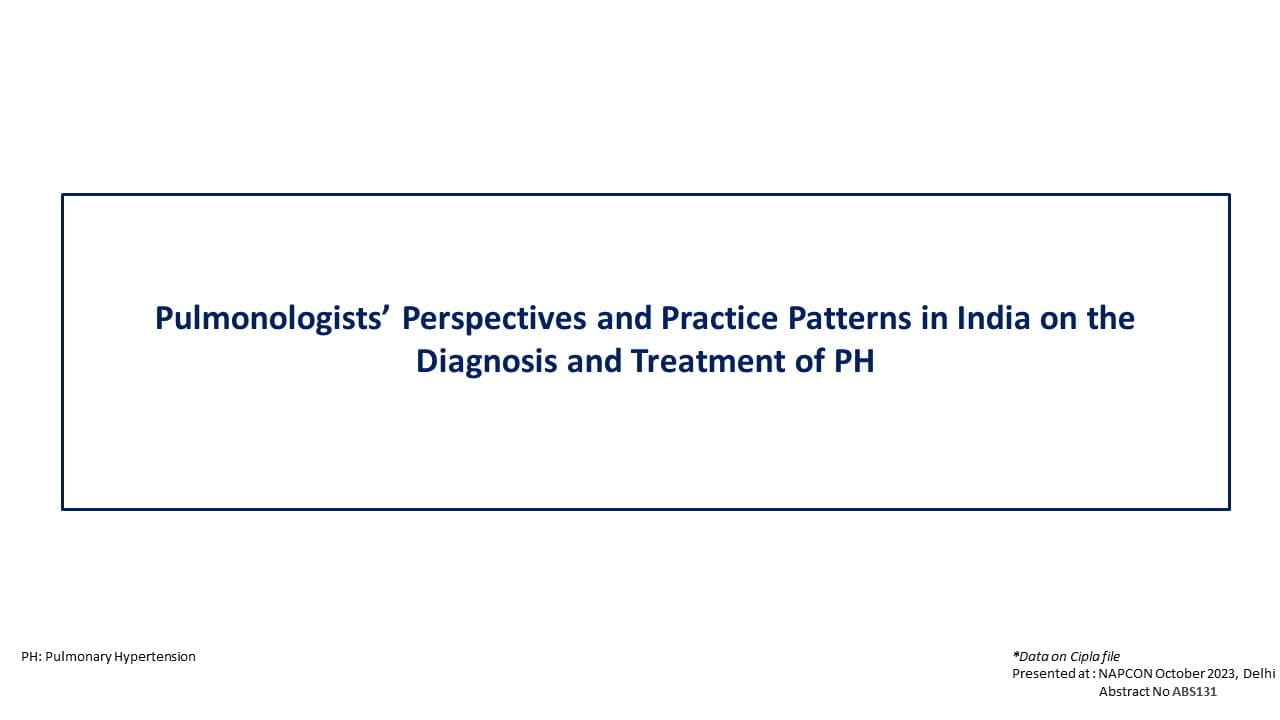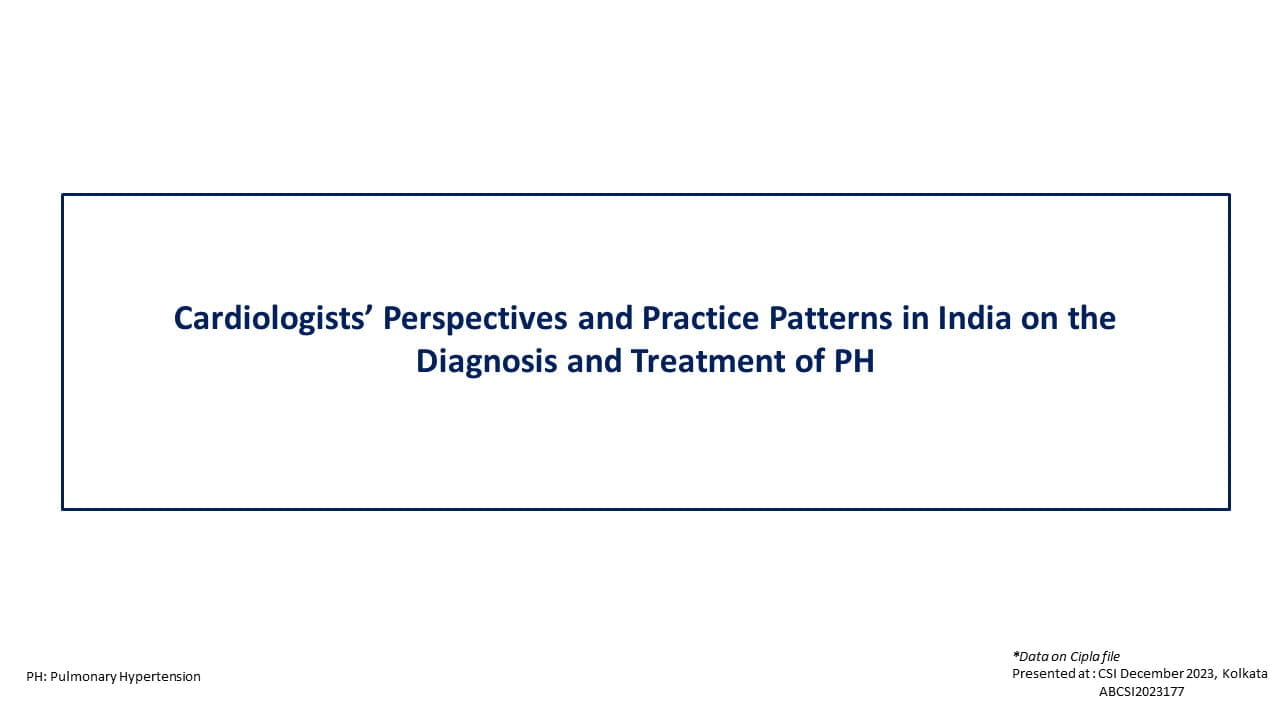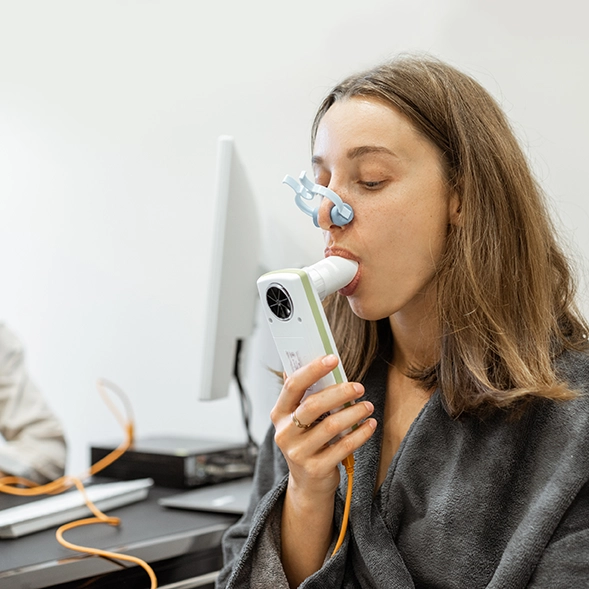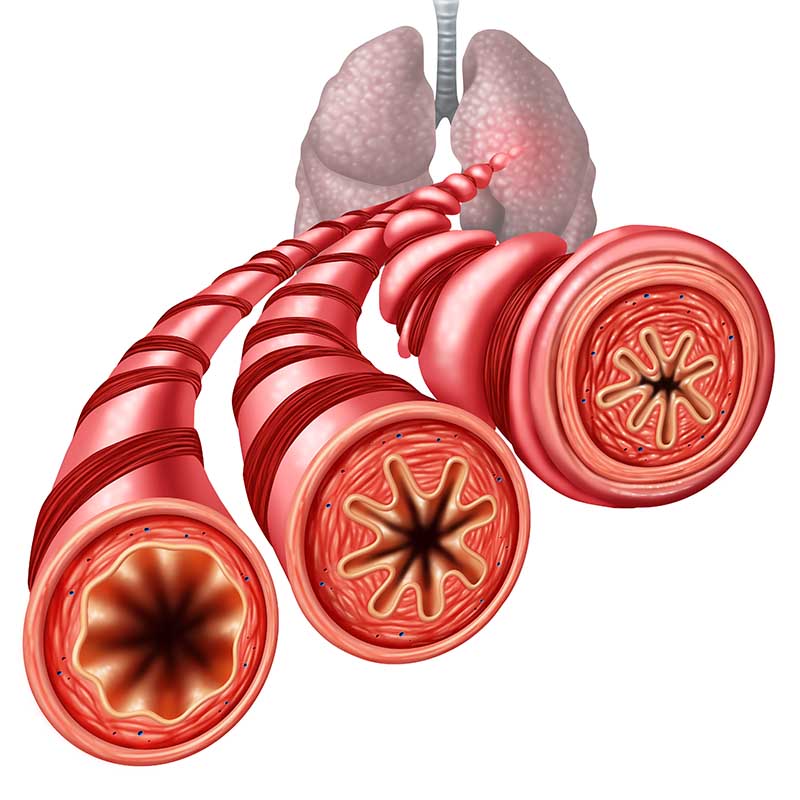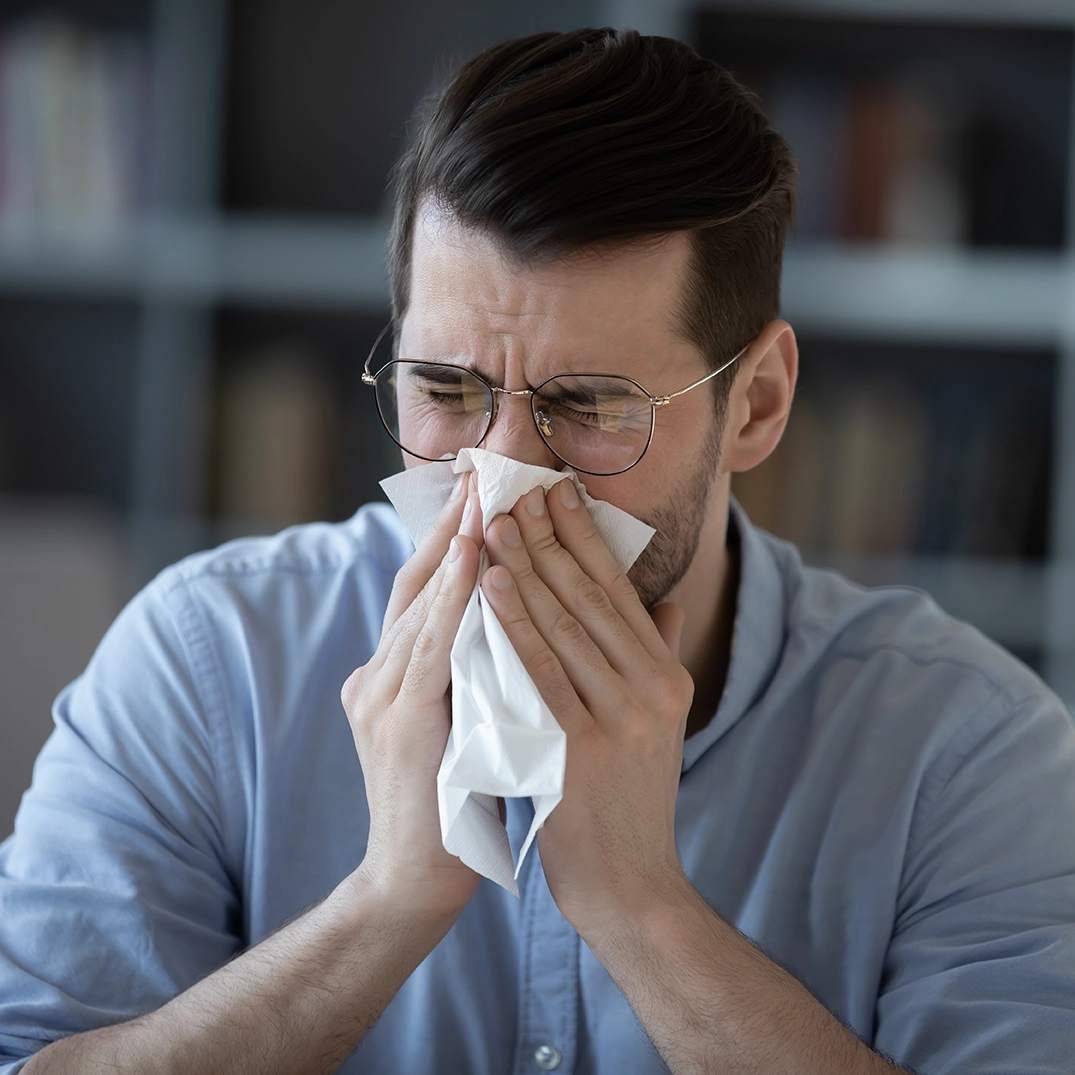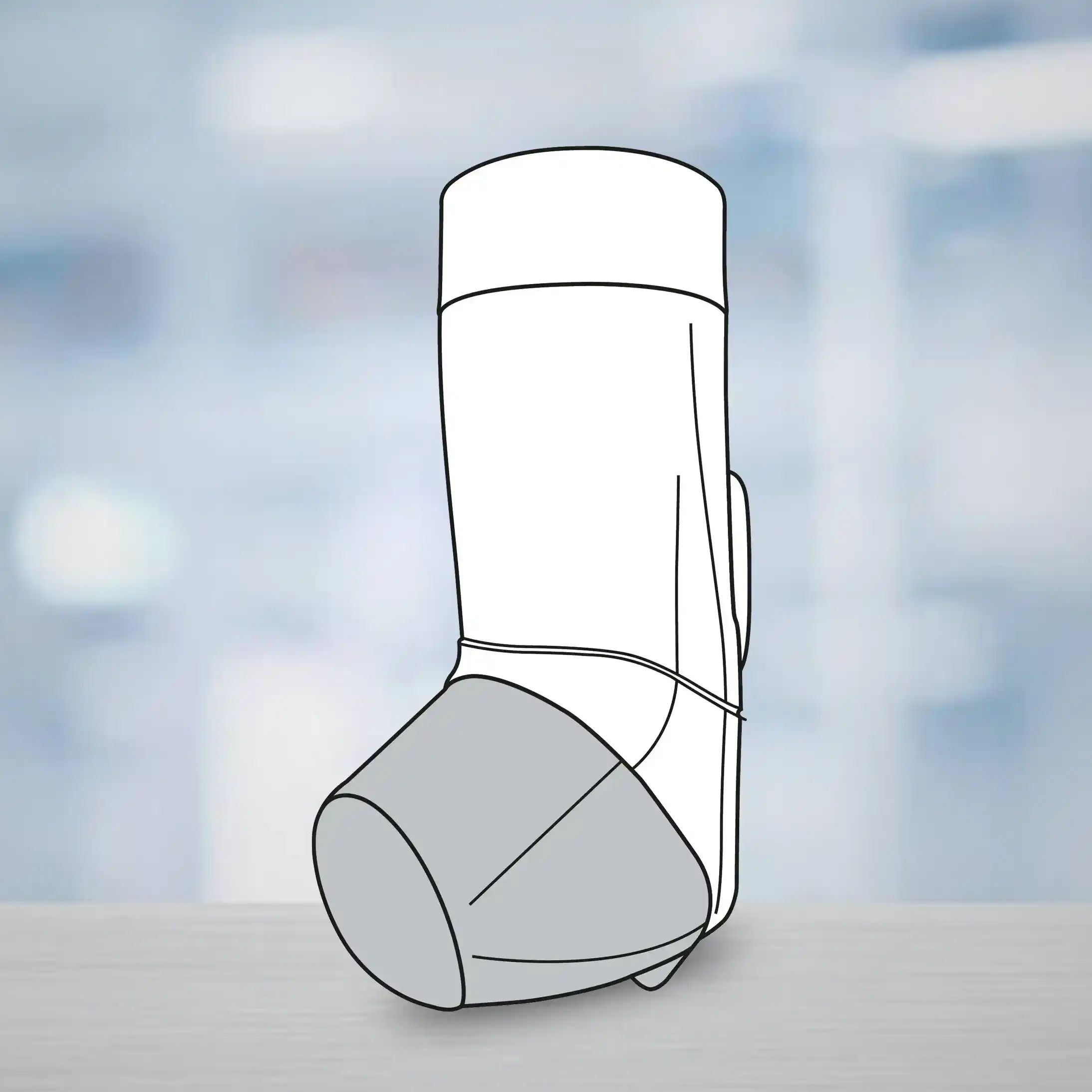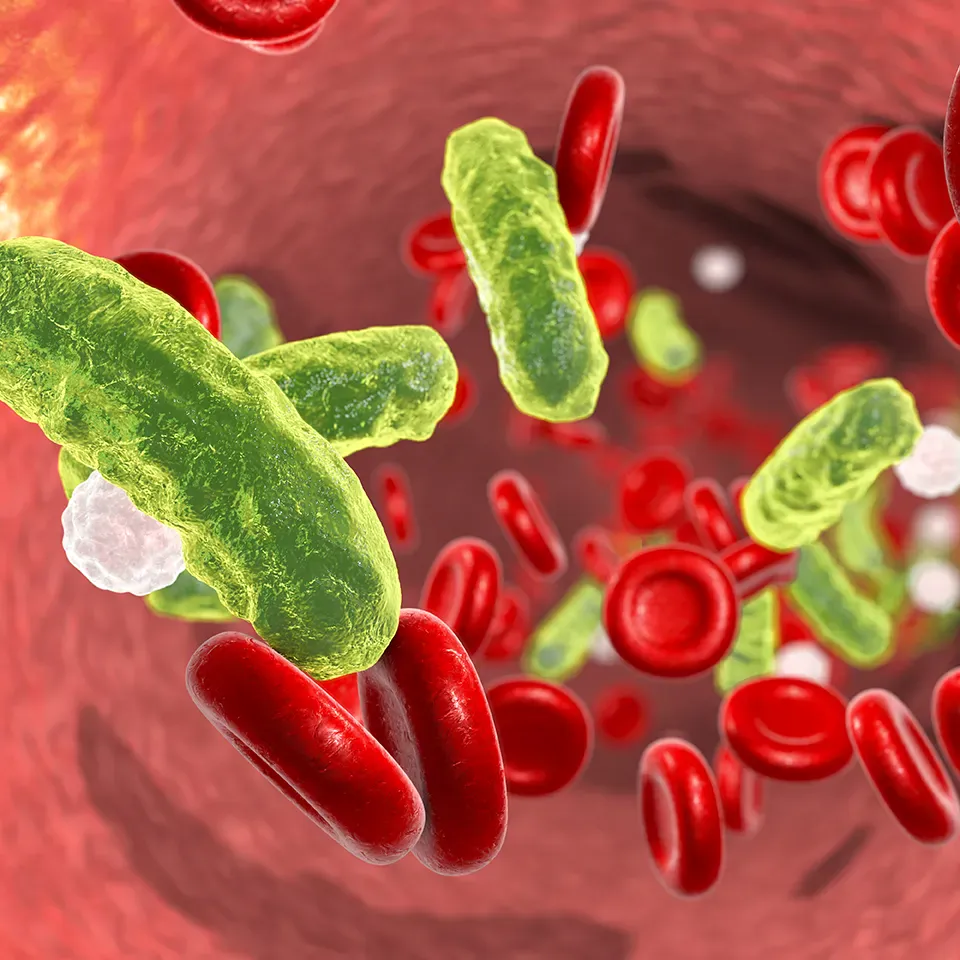Introduction
A significant 10%-40% of the Indian population is affected by allergic diseases and this trend has been on the rise since last few decades. Pollen allergy is one of the most common outdoor allergens in India. In Bengaluru, Parthenium, Amaranthus spinosus, Prosopis juliflora, and Ricinus communis account for 20% of the allergies. The allergic symptoms adversely affect the quality of life of patients. This study was conducted at the Bengaluru Allergy Centre to get better insights into the number of patients affected, their treatment and impact of counseling on their QoL.
Aim
To evaluate the number of patients visiting the Bengaluru Allergy Centre who are allergic to pollen, assess their health status, impact of allergies on the QoL and counsel them on allergy management
Method
Study Design
- Prospective, interventional study
Treatment Strategy
- The study recruited patients with chronic allergic rhinitis (CH AR) and also CH AR with other comorbidities and been taking treatment for more than 6 months
- At baseline, data on demographics, and their treatment was collected from case records of patients
- Japanese AR standard QoL questionnaires were given to the patients at baseline and after 1 month to assess the QOL
- Patients were counselled after baseline assessments
Results
- The study enrolled a total of 60 patients; 26 males and 34 females
- Pollen allergic rhinitis (AR) was more common in the age group 35-60 years (46.66%)
- The prevalence of pollen AR was highest in students (30%) followed by housewives (28.33%)
- Family history of AR was noted in 48.33%
- Classification based on different types of pollen is seen in Figure 1.
Figure 1. Classification of different types of pollen
- Classification based on co-morbidities with chronic AR (CH AR) is seen in Figure 2
Figure 2. Classification based on co-morbidities with CH AR
- The most common allergen was Cynodon dactylon (13.97%), followed by communis (12.36%)
- Sneezing, running nose, nasal congestion and itchy eyes are commonly seen in patients with AR due to pollens
- Evaluation of QoL questionnaire indicated that AR symptoms significantly impacted their productivity, outdoor activities, reading books or newspapers, mental concentration and social life
- Patients’ symptoms were persistent at day (5%), night (8.33%), and both day and night (86.66%), whereas symptom severity in Bengaluru amounted to 41.66%, other than Bengaluru 16.66%, and both in and out of Bengaluru 41.66%
- The main treatment given at the centre was sublingual immunotherapy, nasal spray, vitamin supplements, pre- and probiotics, and influenza vaccine
- Proper counselling and treatment resulted in an improvement in the symptoms and QOL
- The symptom scores notably reduced after the intervention; p<0.001
Conclusion
- Counselling the patients with pollen allergic rhinitis by clinical pharmacists facilitated reduction in the symptoms and improvement in the quality of life
Indian J Allergy Asthma Immunol 2024;38:24-30.


